Unlocking Creativity: How Laser Cutting and Engraving Transforms DIY Projects
In recent years, the emergence of laser cutting and engraving technology has significantly transformed the landscape of DIY projects, enabling makers to unlock new levels of creativity. According to a report by IBISWorld, the laser cutting industry has grown steadily, with revenues reaching approximately $3 billion in 2021, a testament to its increasing adoption across various sectors. This technology allows enthusiasts to accurately cut and engrave an array of materials, from wood to acrylic, with precision that traditional methods often cannot achieve. The ability to realize complex designs in a fraction of the time has democratized creativity, empowering individuals to bring their unique visions to life. With advancements in laser cutting and engraving equipment and accessibility of user-friendly software, hobbyists and professionals alike are discovering the endless possibilities that lie within their creative pursuits.
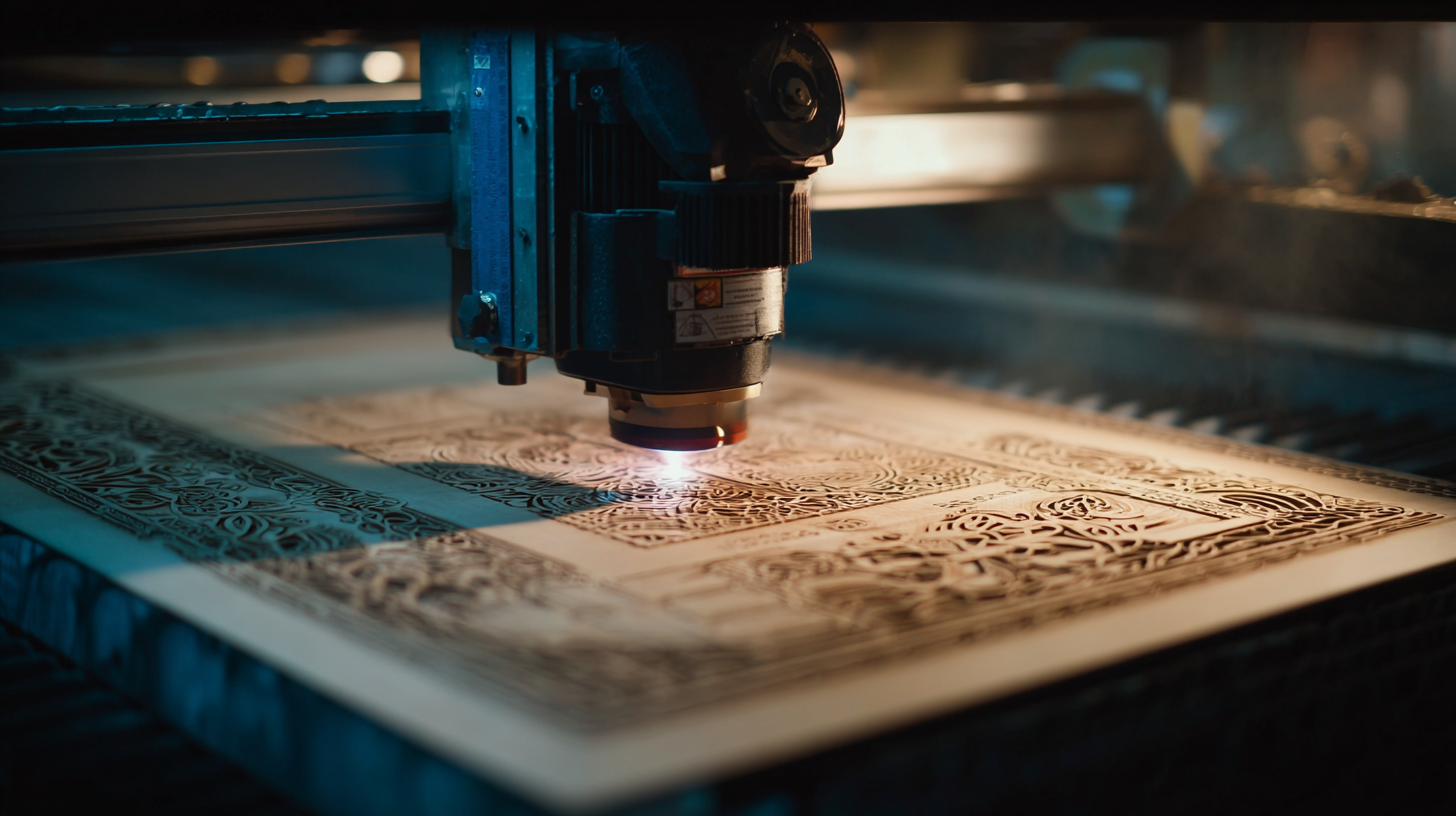
Exploring the Basics of Laser Cutting and Engraving for DIY Enthusiasts
Laser cutting and engraving have revolutionized the DIY landscape, offering enthusiasts unparalleled precision and creativity. According to a report by MarketsandMarkets, the global laser cutting market is expected to reach $5.5 billion by 2025, reflecting a growing demand for tools that enhance craftsmanship and design in small-scale projects. This technology enables makers to transform various materials like wood, acrylic, and metal into intricate designs that were once time-consuming or nearly impossible to create by hand.
For DIY enthusiasts, understanding the basics of laser cutting and engraving is essential for harnessing its full potential. By employing a laser cutter, users can precisely cut shapes or engrave detailed patterns, allowing for more complex projects than traditional methods could support. A study by IBISWorld indicates that the demand for DIY products and services continues to rise, with the DIY market projected to grow at a rate of 4.5% annually. As more people engage in crafts, the accessibility of laser technology presents an opportunity for individuals to elevate their work, create personalized gifts, or even launch small businesses. Through workshops and online resources, aspiring creators can learn to operate these machines, fostering a community centered around innovation and self-expression.
Understanding the Benefits of Laser Technology in Creative Projects
Laser technology has revolutionized the way DIY enthusiasts approach their projects. By utilizing laser cutting and engraving, creators can achieve intricate designs with precision and ease. This technology opens up a world of possibilities, enabling artists and hobbyists to bring their visions to life, from custom-made jewelry to personalized home decor.
One of the primary benefits of laser cutting is its ability to handle a wide range of materials, including wood, acrylic, fabric, and metal. This versatility allows for endless creativity in project design. Additionally, laser engraving provides a unique way to add personalized touches to items, making them not only functional but also memorable. With such capabilities at their fingertips, DIYers are no longer limited by traditional crafting methods.
Tips: When starting out with laser projects, consider experimenting with different materials to find out which ones work best for your designs. Always ensure your workspace is clean and organized to facilitate creativity. Lastly, take the time to familiarize yourself with the laser machine settings, as these can greatly impact the quality and finish of your final product.
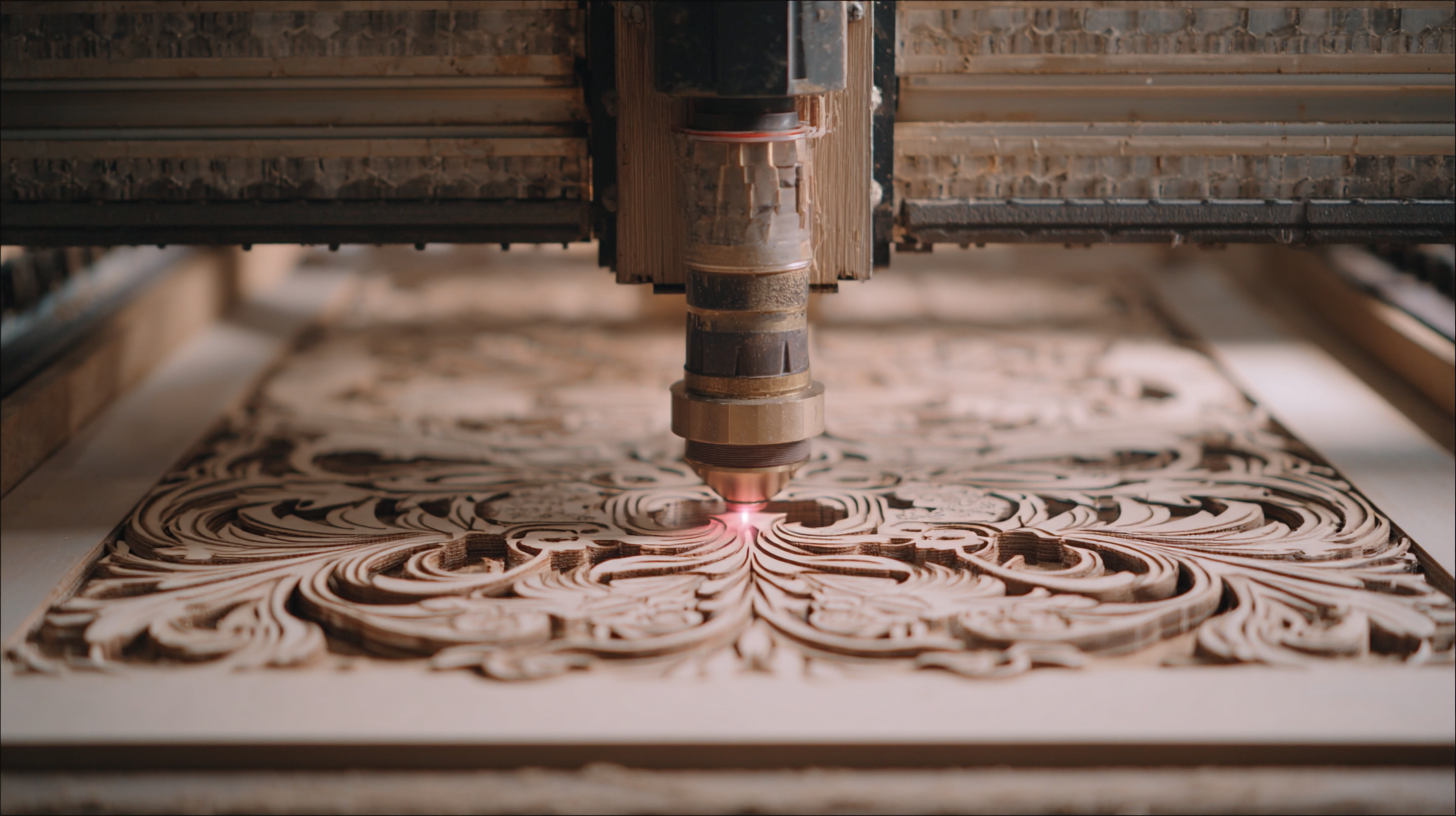
Key Materials Suitable for Laser Cutting and Engraving in DIY Applications
 In the realm of DIY projects,
laser cutting and engraving have opened up a world of possibilities, allowing makers to explore materials that were previously challenging to work with. One of the most popular materials suitable for laser cutting is
wood, which comes in various types like plywood, MDF, and hardwoods. The precision of laser technology enables intricate designs and clean edges, making wood an ideal choice for creating custom furniture, decorations, and art pieces.
In the realm of DIY projects,
laser cutting and engraving have opened up a world of possibilities, allowing makers to explore materials that were previously challenging to work with. One of the most popular materials suitable for laser cutting is
wood, which comes in various types like plywood, MDF, and hardwoods. The precision of laser technology enables intricate designs and clean edges, making wood an ideal choice for creating custom furniture, decorations, and art pieces.
A second versatile material for laser applications is
acrylic. Known for its vibrant colors and transparency, acrylic can be cut and engraved to produce stunning signage, awards, and model components. Its ability to be illuminated further enhances the creative potential, allowing DIY enthusiasts to craft eye-catching displays and lighting solutions. Additionally,
metal materials such as anodized aluminum and stainless steel can be cut or etched for durable projects, leading to personalized gifts, jewelry, and functional tools. By understanding the key materials suited for laser cutting and engraving, DIYers can truly unlock their creativity and turn unique ideas into tangible products.
Innovative DIY Project Ideas: Maximizing Creativity with Laser Tools
Laser cutting and engraving have revolutionized the DIY landscape, enabling creators to elevate their projects with precision and artistry. According to a recent report from MarketsandMarkets, the global laser cutting market is projected to reach $4.18 billion by 2025, highlighting the growing interest and investment in this technology. This surge indicates that more DIY enthusiasts are turning to laser tools to enhance their creative endeavors, resulting in innovative and intricate designs that were once time-consuming or impossible to achieve with traditional methods.
For those looking to maximize their creativity, here are some innovative DIY project ideas: personalized home decor, custom jewelry, and educational tools. Personalized home decor can include laser-cut wall art or intricate coasters that reflect individual styles. Custom jewelry, such as laser-engraved pendants or earrings, allows makers to showcase their unique aesthetic. Educational tools like custom puzzles or interactive learning aids can help engage learners in a fun and innovative way.
**Tips:**
1. Start with simple designs and gradually incorporate more complexity as you become familiar with your laser tools.
2. Experiment with various materials, from wood to acrylics, to discover what works best for your projects.
3. Utilize online platforms to find inspiration and templates that can kickstart your creative process.
Tips for Choosing the Right Laser Cutter for Your Creative Needs
When it comes to choosing the right laser cutter for your creative needs, it's essential to consider several factors that can significantly enhance your DIY projects. Firstly, think about the size and type of materials you will be working with. If your projects involve larger pieces, a machine with a larger cutting bed is essential. Additionally, different laser cutters vary in their capabilities to handle materials such as wood, acrylic, and fabric, so selecting one that fits your material preferences is crucial.
Another important tip is to evaluate the ease of use and software compatibility. Some laser cutters come with user-friendly interfaces and software that allows for seamless design import and cutting processes, which can be incredibly beneficial for beginners. Also, assess the support and community resources available for troubleshooting and inspiration. Engaging with a community can provide ongoing tips and project ideas, making your creative journey more enjoyable and productive.
Finally, consider your budget, not just for the initial purchase but also for maintenance and material costs. Investing in a quality machine may provide long-term benefits and greater versatility for diverse creative projects. By keeping these tips in mind, you can make an informed decision that will help bring your creative visions to life.
Unlocking Creativity: How Laser Cutting and Engraving Transforms DIY Projects
| Project Type | Material | Laser Cutter Power (W) | Engraving Depth (mm) | Estimated Cost ($) |
|---|---|---|---|---|
| Personalized Gifts | Wood, Acrylic | 40 | 2 | 150 |
| Home Decor | MDF, Acrylic | 80 | 4 | 200 |
| Jewelry Making | Wood, Leather | 30 | 1 | 100 |
| Model Making | Plastic, Wood | 60 | 3 | 180 |
| Signage | Metal, Acrylic | 100 | 5 | 300 |
Related Posts
-

Unlocking the Future of Manufacturing Through Laser Machining Innovations and Trends
-

Unlocking Creativity with Custom Laser Cutting Techniques for Unique Designs
-
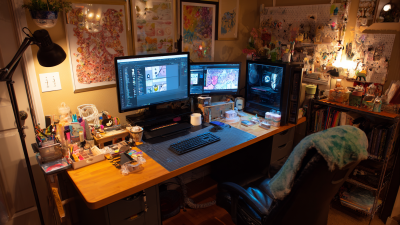
Maximizing Your Workspace Efficiency with the Right Cutting Table for Your Crafting Needs
-

The Ultimate Guide to Choosing the Right CNC Router for Your DIY Projects
-
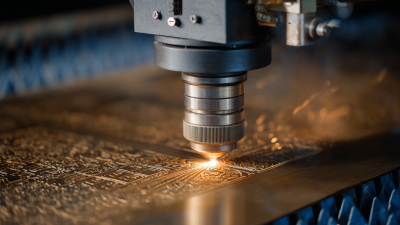
Exploring Market Trends: Stainless Steel Laser Engraving at the 138th Canton Fair 2025
-
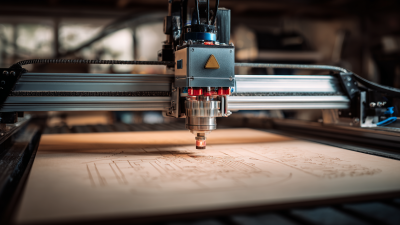
The Ultimate Guide to Choosing the Best CNC Engraver for Your Projects

